Tahlia's story: The new tech helping children with diabetes
Tahlia's story: The technology helping children with diabetes
- Published
Diabetes Week runs between 10-16 June this year.
It's an opportunity to raise awareness about the condition and the people living with it every day.
This year, Diabetes UK, the charity that runs Diabetes Week, is focusing on the health checks people need when they have diabetes.
Regular diabetes health checks are important to keep those with the condition healthy and able to live their lives fully.
Twelve-year-old Tahlia, who has type 1 diabetes, spoke to Newsround about what it's like: "When you first get diagnosed, you have lots of training and it seems like you won't be able to remember all of it, but you will remember all of it!"
So what exactly is diabetes? Read on to find out more.
What is diabetes?
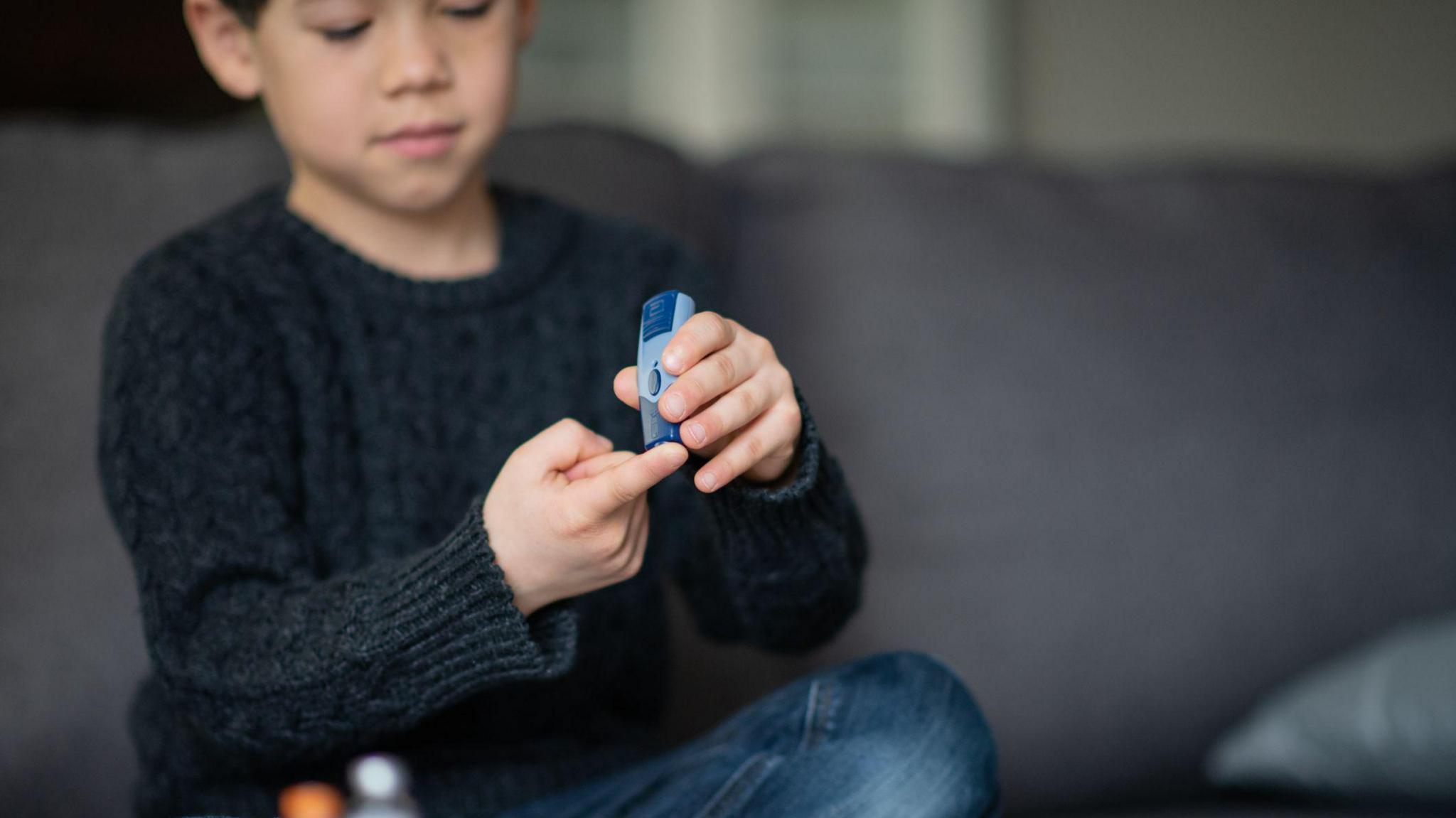
People with diabetes need to check the level of sugar in their blood
Diabetes is a condition that causes a person's blood sugar level to become too high.
However, there are actually two kinds of diabetes - type 1 diabetes and type 2 diabetes.
What are the differences?
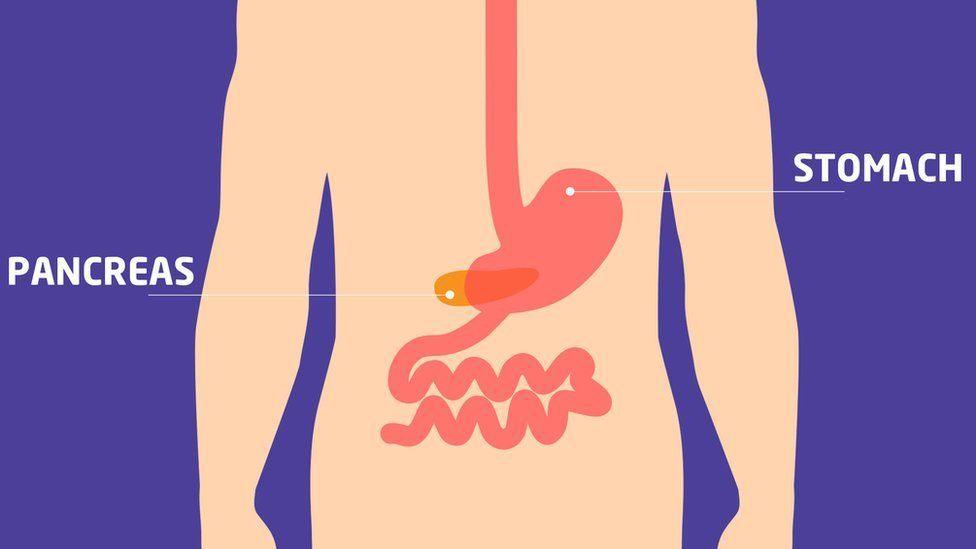
Both types of diabetes are to do with a chemical in the body called insulin.
Insulin is a hormone that is produced by an organ called the pancreas (this is just behind your stomach). It is needed in the body to control how much sugar is in your blood.
Type 1 diabetes is when the body attacks and destroys the cells that produce insulin.
Type 2 diabetes is when the body doesn't produce enough insulin, or the body's cells don't react to insulin.
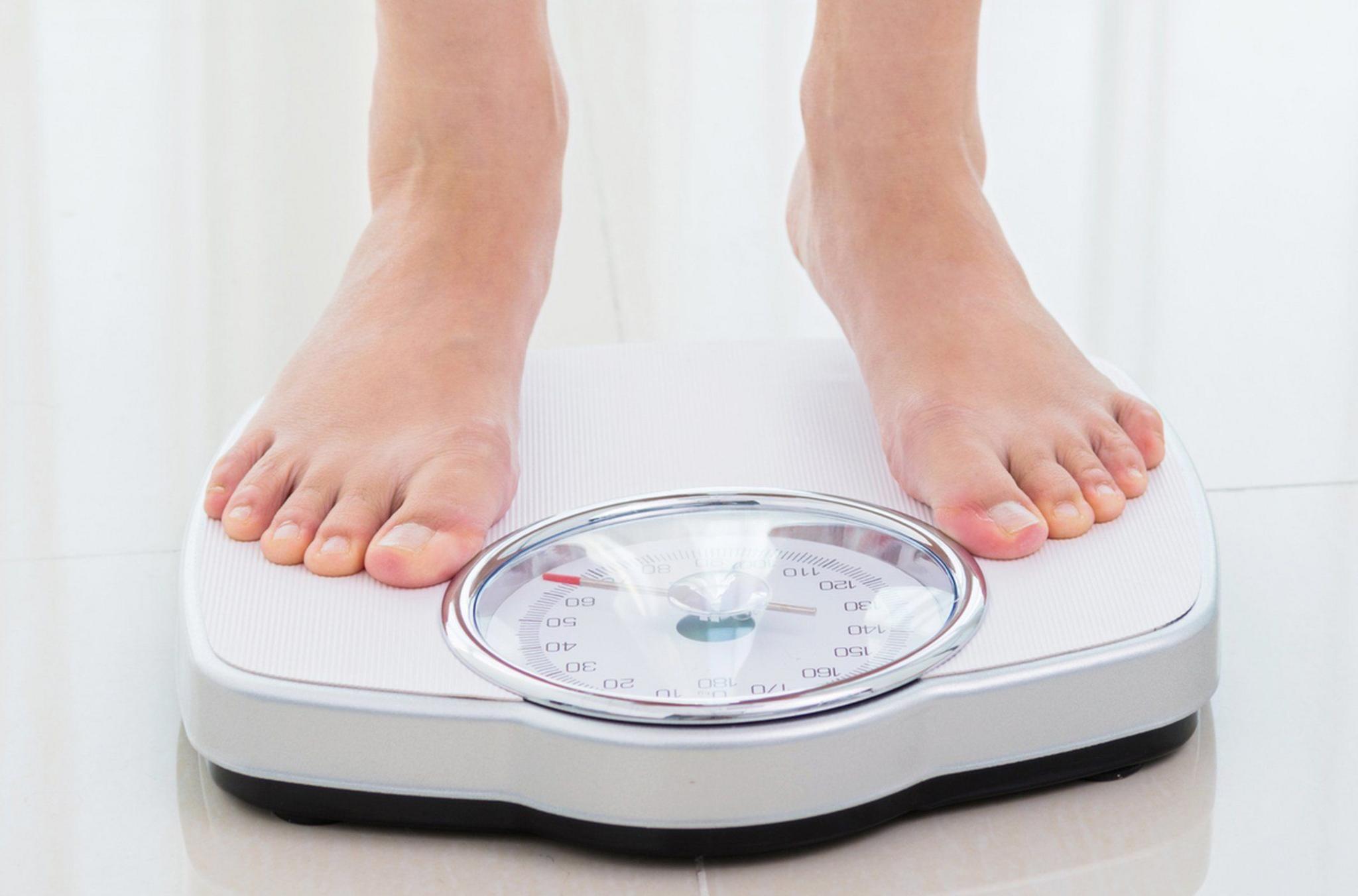
Among adults, type 2 diabetes is more common than type 1. This is linked to the number of people who are overweight or obese
Both kinds of diabetes affect the sugar levels in your blood, but they do it in different ways.
The vast majority of children with diabetes have type 1 diabetes, but an increasing number are now developing type 2 diabetes.
Type 2 diabetes is more common than type 1 among adults. Around 9 in every 10 adults who have diabetes have type 2.
One of the reasons that type 2 is so common is because of the increasing numbers of people who are overweight or obese.
Over time, obesity can start to cause other health problems, like type 2 diabetes.
Type 1 diabetes - key facts
Type 1 diabetes is a lifelong condition
It is not something you develop over time because of eating habits or diet
If left untreated, it can cause very serious health problems
What happens when someone has type 1 diabetes?
It develops when the body attacks and destroys the cells that produce insulin.
Because of this, the body can't use glucose - a type of sugar - to provide energy and so it tries to get it from elsewhere.
So it starts to break down fat and protein that are stored in other parts of the body instead. This can cause people with type 1 diabetes to lose a lot of weight and feel unwell.
People who have type 1 diabetes often complain of needing the toilet a lot or feeling tired and thirsty.
How is type 1 diabetes treated?
It's not known exactly why the cells that produce insulin stop working, but type 1 diabetes can be treated by having regular insulin injections to help the energy get to where it needs to go.
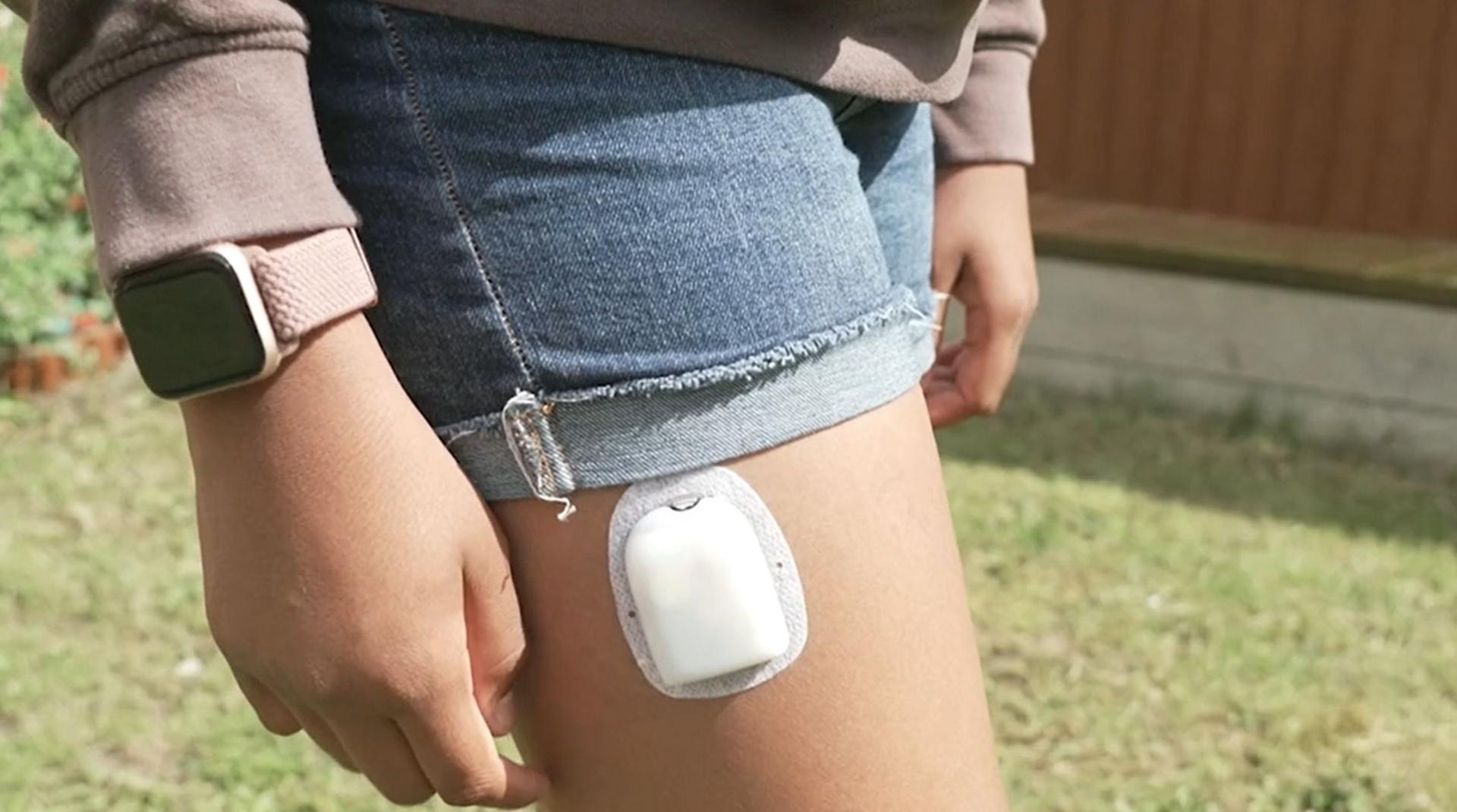
The device reads sugar levels and will 'talk to' an insulin pump on the users body
New tech to help people with type 1 diabetes in England
From this year, many children and adults in England, living with type 1 diabetes, have been using an insulin pump and a monitor that ‘talk to each other’. It does this through a computer programme on a phone or inside the pump.
This is called a closed loop system. It is sometimes known as an artificial pancreas. It can do some of the work for people with diabetes to help manage blood sugar levels.
"It goes into your skin and reads your sugar levels and my pump it gives me insulin," says Tahlia.
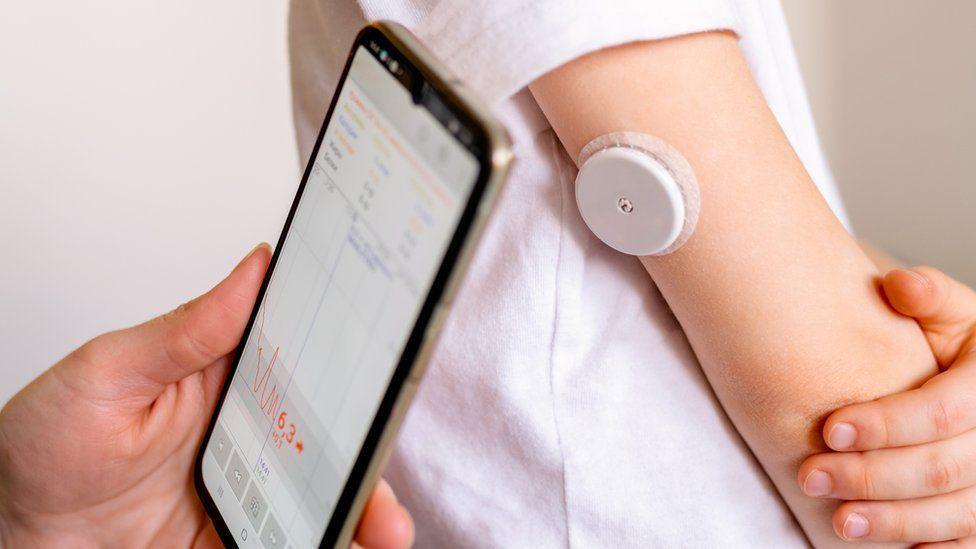
Type 2 diabetes - key facts
Type 2 diabetes is not something you are born with but can develop over time
In most cases, it's caused by eating too many sugary and fatty foods and not doing enough exercise
In a small number of cases, it can be caused by other factors
If left untreated, it can also cause serious health problems and affect how well your heart, eyes and liver work
What happens when someone has type 2 diabetes?
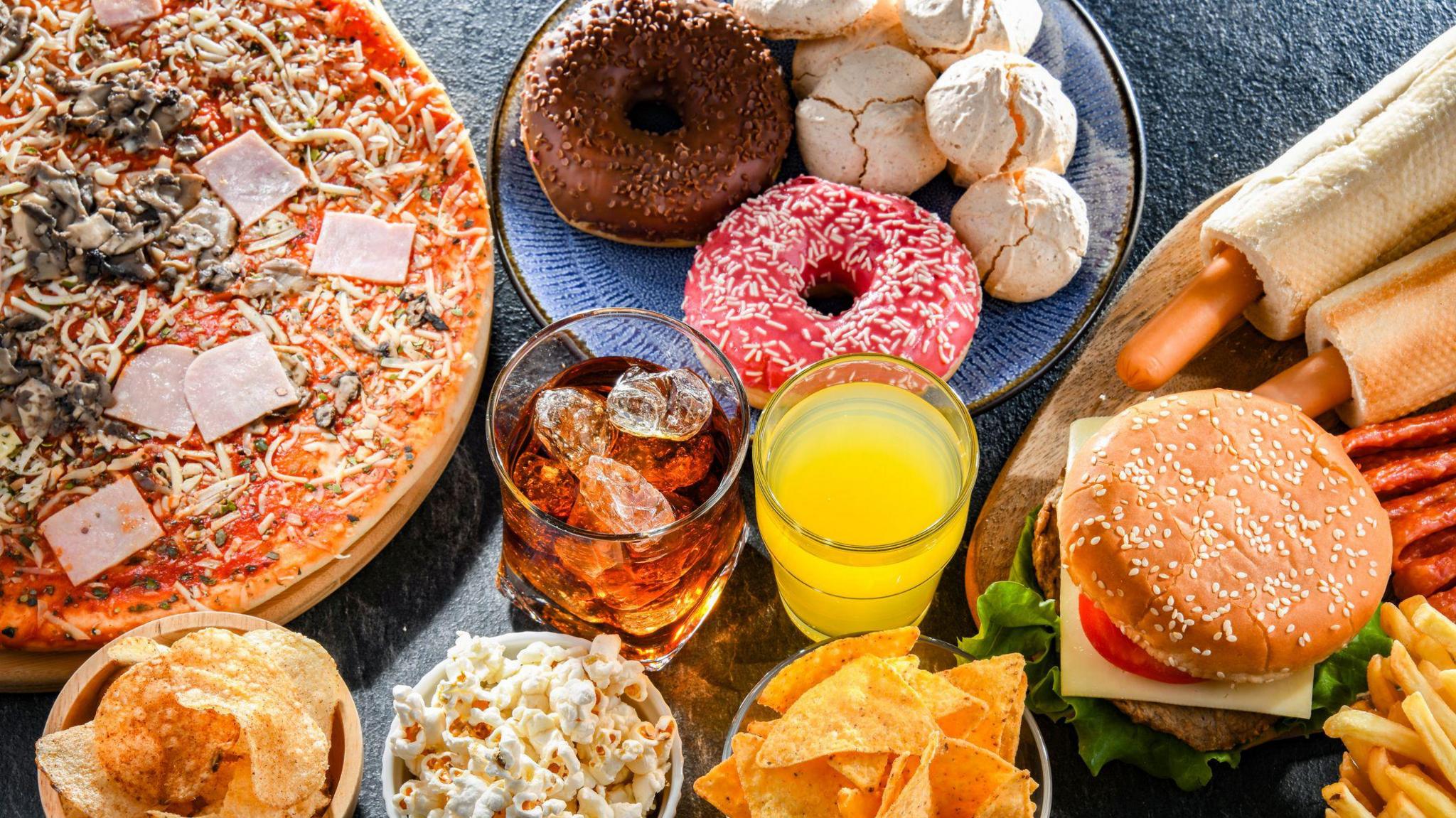
Type 2 diabetes is often linked to diet
Type 2 diabetes is much more common than type 1 and accounts for between 85 and 95 per cent of all people with diabetes.
Insulin helps take out the glucose from the food we eat and deliver it to the parts of our body that need it for energy - a bit like a hose pumping fuel into a car.
The insulin helps open the fuel caps in the different cells in our body. But without it, those caps can't open and the glucose just builds up in your blood rather than getting to where it needs to.
As with type 1 diabetes, it means energy stops getting to the parts of the body that need it and can leave you feeling tired, thirsty and hungry.
Most people don't get type 2 diabetes because of what they eat until they're at least 40, but it is becoming more common in children and young people.
Some people from certain parts of the world, like south Asia, are more likely to get it than others.
How is type 2 diabetes treated?
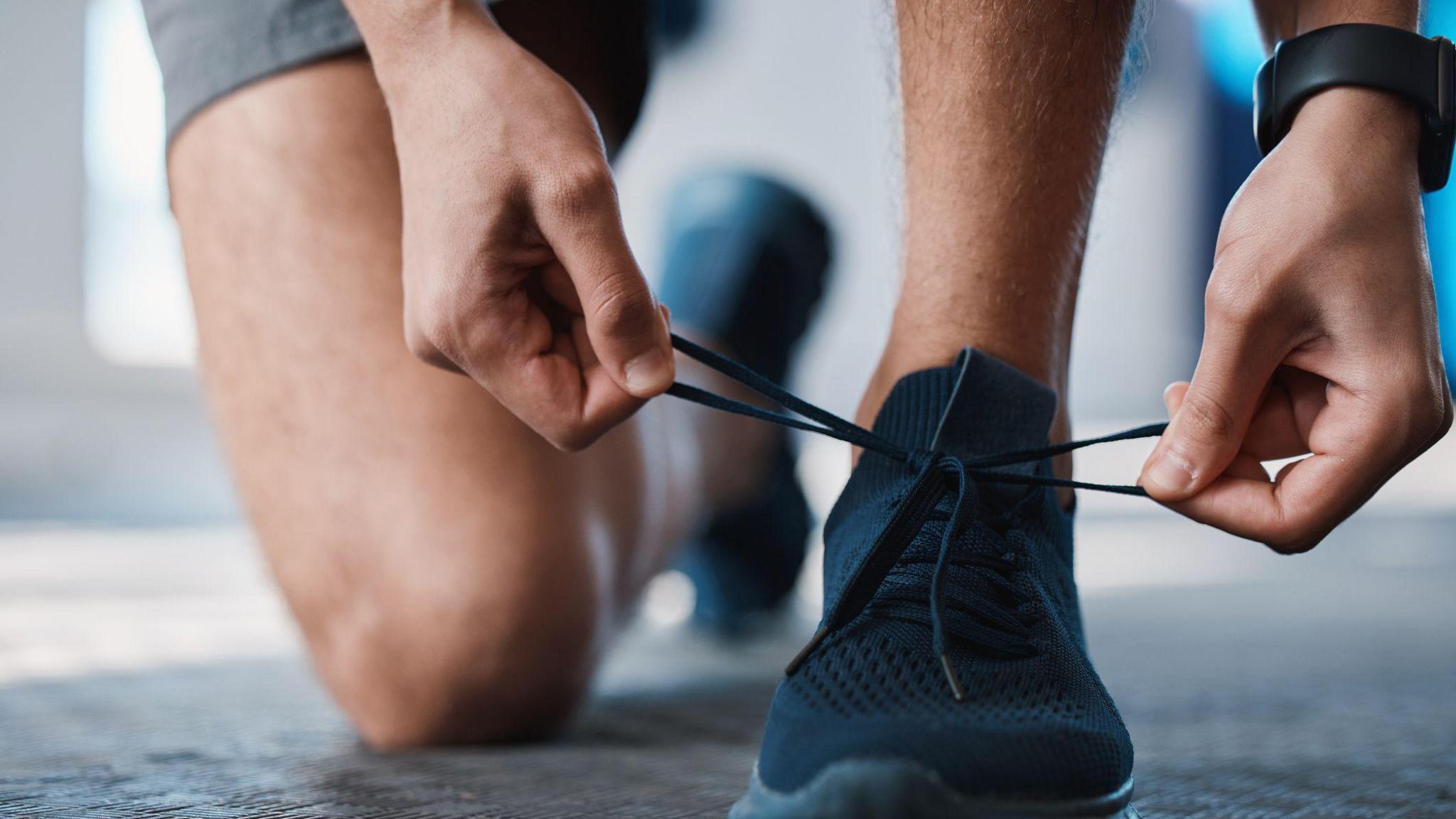
People with type 2 diabetes may be encouraged to be more active
When someone is diagnosed, or told they have type 2 diabetes, they are usually told to make changes to their diet and do more exercise.
That's because type 2 is caused by a build of so much glucose in the body that it can't cope.
So, reducing the amount of fatty and sugary foods and burning more of them up through exercise really helps to reduce the amount in your body.
In some cases people with type 2 may also be given medicine or extra insulin too.
- Published10 November 2023
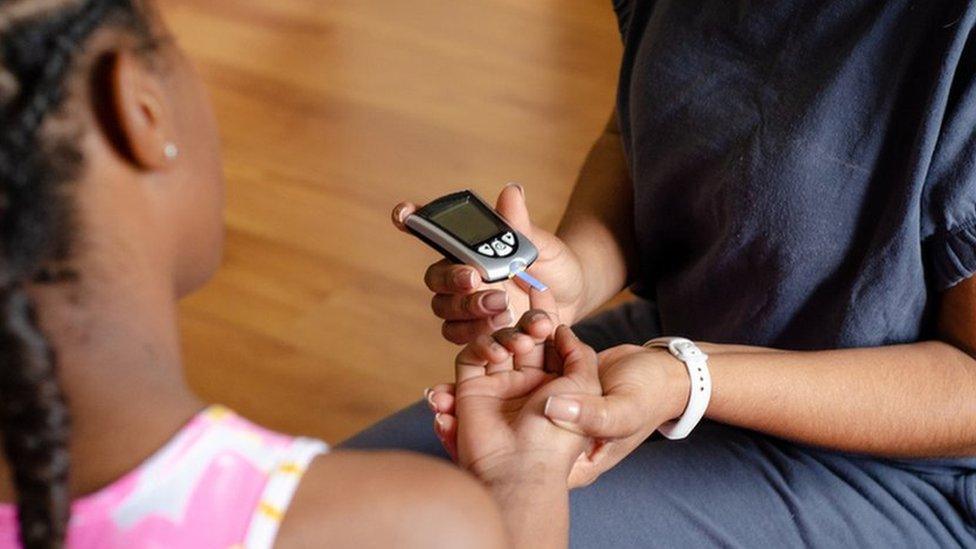
- Published12 May 2023
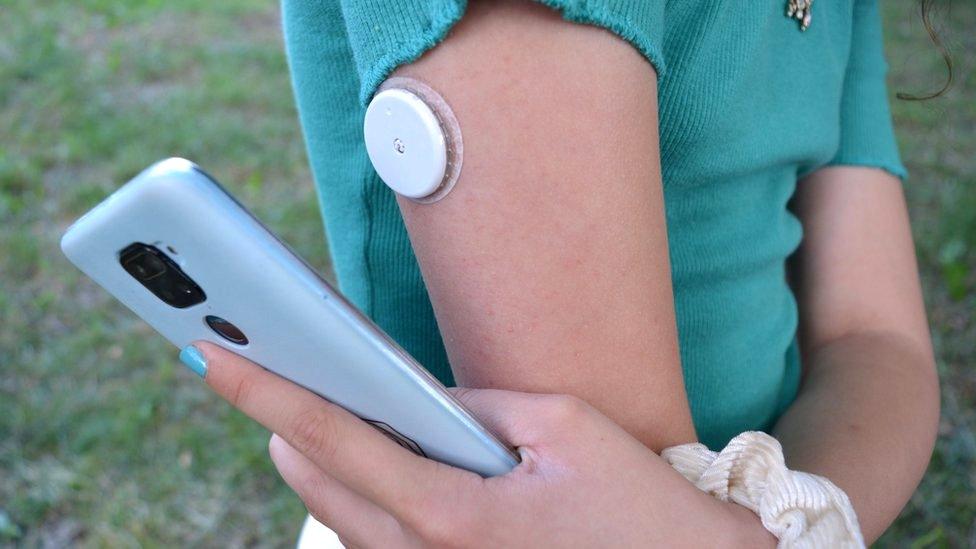
- Published26 January 2021

